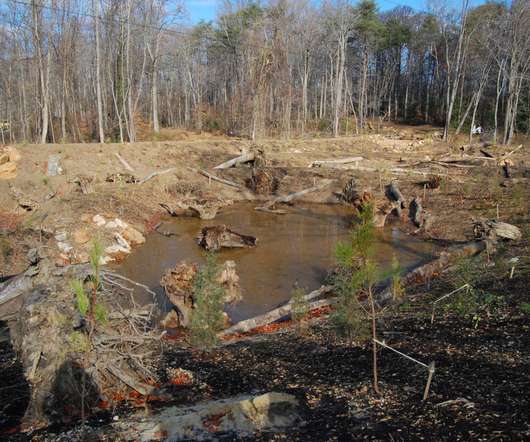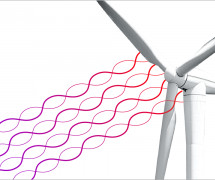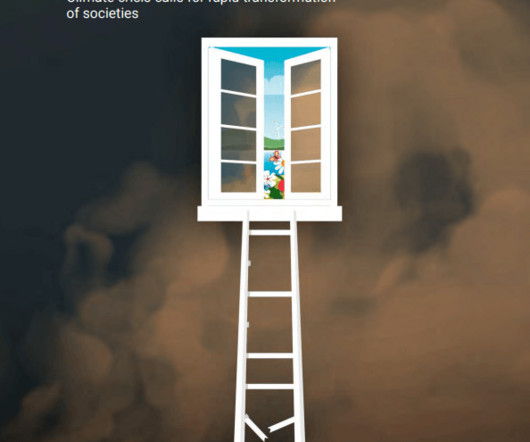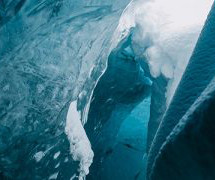ESG Explainer: The Blue Economy
Chris Hall
MARCH 16, 2022
With the global economy heavily reliant on ocean health, a sustainable future is paramount. To date, the ocean and its ecosystems have provided significant benefits to the global community, including climate regulation, coastal protection, food, employment, recreation and cultural well-being. What is a sustainable blue economy?















Let's personalize your content